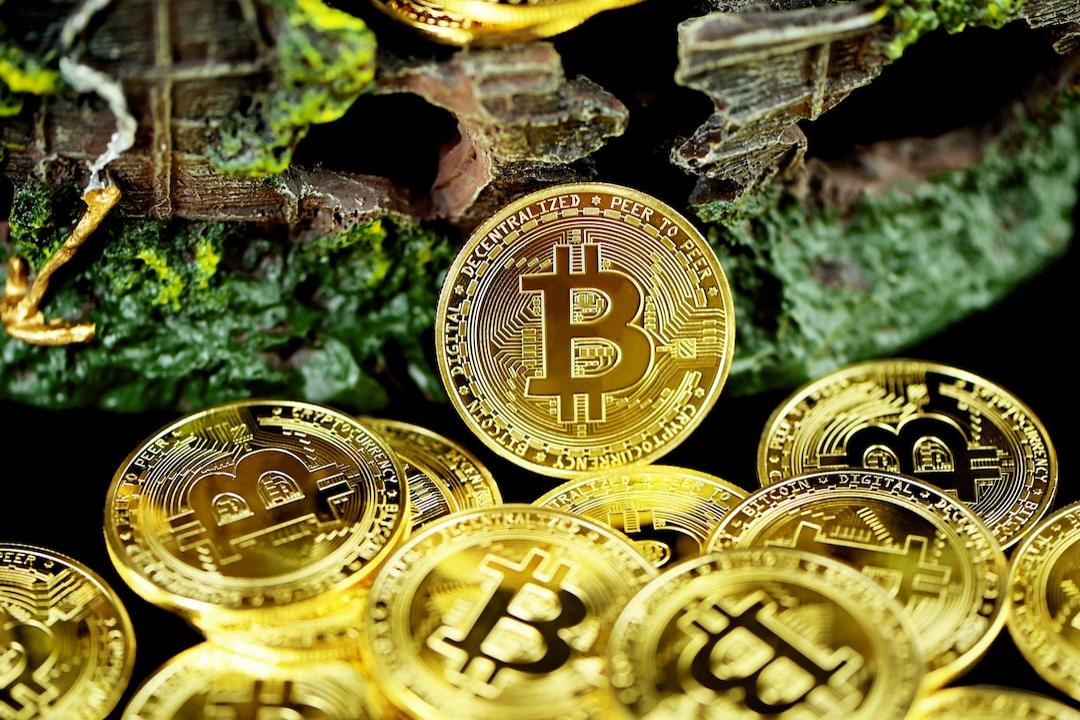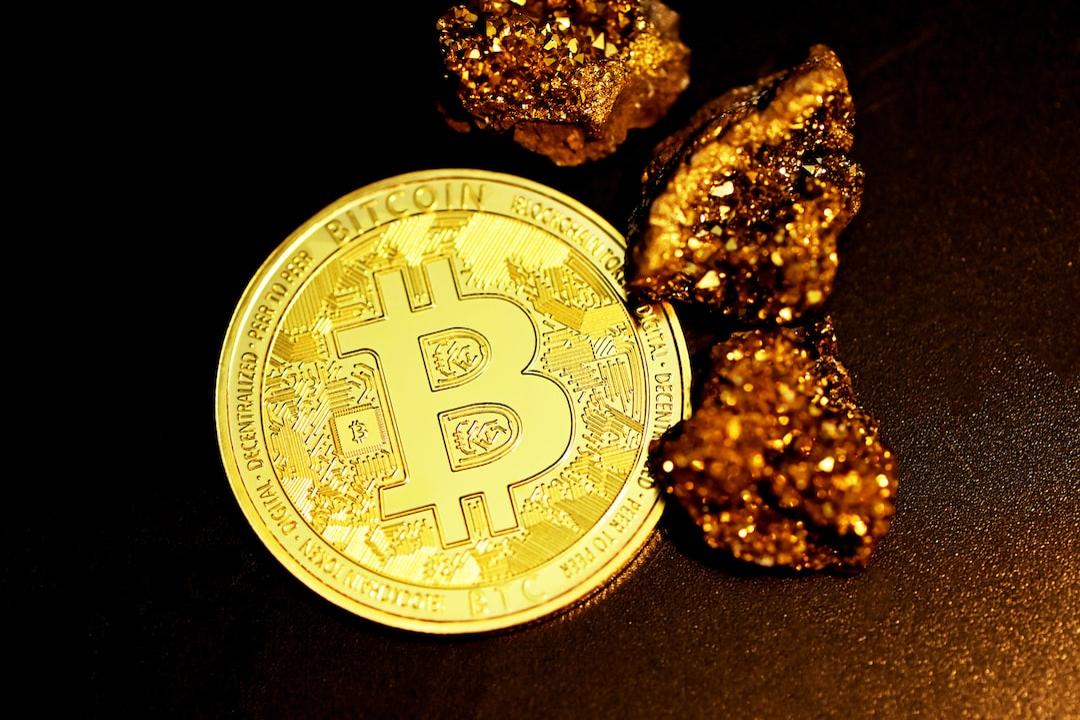This Upcoming Tariff Policy is Seen as a Key Step in Reshaping the U.S. Trade Landscape by the Trump Administration. However, As the Policy Details Emerge, the Market Questions Its Impact and Strength. Both Traditional Markets and the Crypto Domain Are Affected in This Global Game, and April 2nd Will Reveal the Future Direction. This Article is Originally Written by Luke of Mars Finance and Reprinted by Foresight News.
(Previous Summary: JPMorgan: The Risks of Trump’s Trade War Are Becoming Clearer, It’s Time to “Stop Selling into Rallies” on U.S. Stocks)
(Background Supplement: Fed’s Bostic: Only “One Rate Cut Expected This Year” – Trade War Blocks Inflation Control Effectiveness, Trump Pressures Powell to Lower Rates)
Less Than a Week Until the Highly Anticipated “April 2nd Tariff Day” – A Key Date for Trump Administration’s Trade Reshaping
There are less than seven days left before the much-anticipated “April 2nd Tariff Day.” This day is dubbed “Liberation Day” by the Trump administration, bearing ambitions to reshape the U.S. trade landscape.
However, with media buzz growing, the script of this policy drama seems less aggressive than expected. Meanwhile, the crypto market, an area highly sensitive to macroeconomic movements, is also stirring under the shadow of tariffs.
“Moderate Shift” on Tariff Day?
Recent reports suggest that the tariff policy on April 2nd may not fully meet the grand vision described earlier by Commerce Secretary Wilbur Ross. He had envisioned a “three-layered” tariff system: based on reciprocal tariffs, with additional targeted tariffs for specific industries and countries. However, recent rumors indicate that the latter two may be scaled back. This is like a carefully prepared feast that ends up being a simpler set menu—fewer condiments, but the main course remains.
Why this adjustment? The reason is not hard to guess. The Trump team understands that tariffs are a double-edged sword. Since taking office, their trade policies have caused significant turmoil in global markets: trillions of dollars in lost U.S. stock market value, supply chain pressure raising prices, and even eggs becoming a “luxury item.” If tariffs are pushed to the extreme, the U.S. economy could bear the brunt. Goldman Sachs economists warn that although the surface may appear calm, this “moderate stance” hides the risk of “negative surprises.” The market expects the reciprocal tariff rate to be about 9%, but Goldman Sachs estimates the actual figure could double to 18%. This gap is large enough to make traders hold their breath, waiting for the “shoe to drop.”
At the same time, the “Unfair Trade Practices Review Report” to be released on April 1st will serve as a key indicator. This report will reveal the U.S.’s stance on investigations into trade partners, directly affecting the pace and intensity of subsequent tariffs. If the report accuses certain countries of clear “wool-pulling” practices, Trump may seize the opportunity to escalate tariffs; if the tone is softer, the market may enjoy a brief respite. In any case, this report will serve as a preview of the “Liberation Day” drama.
Trump’s Strategy – Fairness, Fairness, or TMD Fairness?
To understand the logic behind the tariffs, it’s worth listening to key members of Trump’s team. Recently, Treasury Secretary Mnuchin and Commerce Secretary Ross shared their thoughts on the All-in Podcast. Ross recalled history, noting that from 1880 to 1913, the U.S. relied entirely on tariffs for revenue, without the need to impose income taxes. After World War II, the U.S. reduced tariffs to support global reconstruction but allowed other countries to maintain high barriers, becoming the “most open” trade loser. For instance, U.S. car exports to one country faced a 20% tariff, while their vehicles entering the U.S. only faced a 5% tariff. This inequality drove Trump to exclaim, “Fair, fair, or damn fair!”
Trump’s intent is clear: first, to protect domestic industries through tariffs and attract manufacturing back; second, to generate revenue for the Treasury to fill the $2 trillion deficit gap. Ross threw out the “three-horse carriage” plan: increasing tariffs, sovereign fund investments, and the “Immigrant Gold Card” program—reportedly selling 1,000 cards a day, with Trump optimistically expecting to attract 1 million buyers. As for the other half of the deficit, it relies on the “Government Efficiency Department” to cut $1 trillion in wasteful spending. The department’s goal is to eliminate 25% of the “fat” from the $6.5 trillion in annual government spending, which sounds ambitious but undoubtedly challenging to execute.
Treasury Secretary Mnuchin analyzed the problem from a macroeconomic perspective, listing the three major pain points of the U.S. economy: high debt, out-of-control inflation, and the decline of manufacturing. His prescription includes reducing spending, reshaping the trade system, and revitalizing the middle class. Unlike Ross’s radical stance, Mnuchin emphasizes a “gradual” approach to avoid triggering an economic recession. White House economic advisor Stephen Moore also added in a Bloomberg interview that as the world’s largest consumer market, the U.S. holds a strong negotiating hand and has the ability to force opponents to yield. This confidence stems from strength, but whether it translates into a win depends on how the opponent responds.
Two Potential Scenarios for Tariff Implementation
There are two possible outcomes for the tariffs:
- Opponents compromise, lowering tariffs on U.S. goods, the U.S. wins, and U.S. stocks rise;
- A standoff occurs, Trump is forced to escalate, resulting in a short-term loss for both sides, with U.S. stocks under pressure.
In the short term, the latter scenario seems more likely, as in global negotiations, few are willing to show weakness first. However, in the long term, with the leverage of the consumer market, the U.S. may gradually correct trade imbalances.
The Federal Reserve’s Delayed Reaction and the U.S. Stock Market’s Unfinished Bottom
The uncertainty of tariff policy not only affects trade patterns but also transmits to the capital market through inflation and monetary policy. Looking back at 2020, the inflation surge triggered by the COVID-19 pandemic caught the Federal Reserve off guard. Initially, the Fed believed inflation was “temporary,” but by the end of 2021, ### Powell had to admit to Congress that his assessment was wrong, and he abandoned the term “temporary,” subsequently entering a phase of aggressive rate hikes. According to Bloomberg data (see Chart 1), the U.S. Economic Policy Uncertainty Index surged above 500 points at the start of the pandemic, setting a historical peak. Although it later fell back, events such as the 2022 Russia-Ukraine conflict and the 2024 Trump tariff policy have pushed the index higher again, with it still hovering around the 200-point mark, well above the 1995-2019 average.

The Federal Reserve’s response to the impact of tariffs has also been delayed. Over the past few years, the supply chain pressures and price increases caused by tariffs have significantly raised inflation expectations, yet the Fed has leaned toward calming the market with dovish statements. However, this reassurance only leads to brief rebounds in U.S. stocks, not a trend reversal. The reason is that the market’s biggest uncertainty—the direction and intensity of tariff policy—has yet to be resolved. From Chart 1, it is evident that the Economic Policy Uncertainty Index has accompanied major U.S. stock market corrections during historical milestones like the “9/11 attacks,” the “Global Financial Crisis,” and the “Sovereign Debt Crisis,” and the current uncertainty level suggests that the U.S. stock market may not have hit its bottom yet. The market may need to wait for the tariff policy to become clearer, or for more severe macro shocks to trigger a full-scale reshuffle.
Recent performance of the S&P 500 further confirms this concern. According to Bloomberg and MacroBond data, the S&P 500 has fallen 7.8% since its peak in February, and last week it even dropped as much as 10%. Historical data shows that if the S&P 500 falls at least 5% more in the next five months, the U.S. economy is likely to enter a recession (see the yellow line in Chart 2).
In contrast, if the S&P 500 recovers in the next 4 to 5 months, it could avoid an economic downturn (see the black line in Chart 2). However, this data represents averages, and if the economy does indeed enter a recession, U.S. stocks could fall by at least 20%. It’s important to note that market sentiment can sometimes amplify volatility. For example, in 2022, the S&P 500 fell more than 20%, but a recession did not occur. At that time, “recession fears” dominated the market’s performance in the second half of the year.

Crypto Market on Edge
The direction of tariffs directly impacts the crypto market. Bitcoin has recently risen to $88,786, seemingly showing signs of recovery, but industry insiders are sounding alarms. CoinPanel trading expert Kratoff noted that this rebound resembles a “bull trap”: trading volume is shrinking, retail investors are on the sidelines, funding rates are turning negative, and even “smart money” is sitting tight. The market is as fragile as thin ice, and any slight movement could cause it to crack. Aave’s stablecoin lending rate has dropped to 4%, further confirming the spread of risk-averse sentiment.
Even more concerning is the “hold on tightly” mentality of long-term Bitcoin holders. These “veterans” are waiting for higher exit prices, but in doing so, they have become a “deadweight” of market selling pressure. Kratoff believes that only when these holders sell off, and the market undergoes a complete washout, can large players re-enter. However, there are no signs of such a washout yet, and the sustainability of the rebound is in question.
Historical data rings an alarm for the current situation. When Trump first initiated the tariff war in 2018, global markets experienced intense turbulence. As shown in Chart 3, since the tariff announcement in March 2018, the S&P 500 has cumulatively dropped by 12%, while Bitcoin’s decline reached a staggering 65%, far surpassing the performance of traditional assets. The characteristic of profit and loss being two sides of the same coin is vividly reflected in the crypto market: high risk brings high returns, but it also comes with more intense downward pressure. In contrast, China’s index performed relatively steadily during the same period, with a cumulative decline of less than 20%, showing a difference in market sensitivity to tariff impacts.

CoinDesk’s analysis further amplified this concern: Bitcoin has formed a “double top” pattern near $87,000. If this bearish signal breaks below the $86,000 “neckline,” it may drop to $75,000 in the short term. Altcoins will face even worse conditions. SignalPlus partner Augustine Fan predicts that the market’s soft rebound may continue until the end of the month, but the April 2nd tariff announcement will become a turning point. If the policy is moderate, Bitcoin may surge to $90,000, supported by the Fed’s dovish stance; if it’s unexpectedly harsh, liquidity tightening could trigger a collective plunge.
Speculation on the Outcome
How will the April 2nd tariff landing unfold? Based on current information, Trump may opt for a “moderate start”: reciprocal tariffs set at 10%-12%, with delays on tariffs for specific industries and countries, leaving room to apply pressure while avoiding an economic hard landing. If the April 1st report supports an escalation, a second wave of attacks could emerge by mid-year. In the short term, the market may experience volatility due to the gap between expectations; in the long term, if the trade war reshapes the economic landscape, recovery dividends may benefit the crypto domain.
For crypto investors, the tariff landing day is not only a policy barometer but also a magnifier of sentiment. A moderate policy may ignite a short-term rebound, while a harsh escalation will test the market’s resilience. Regardless of the outcome, this battle reminds us that macro policies and the crypto market are increasingly intertwined, and in the midst of stormy seas, only those who understand the trends can ride the waves.


